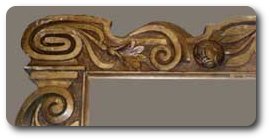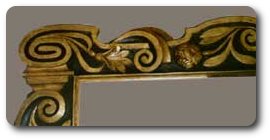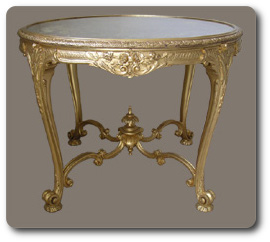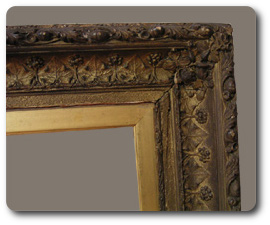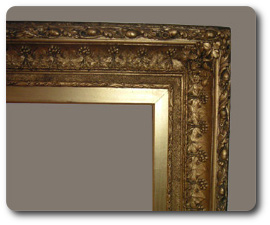Portfolio
Restoration
Definitions for the difference between conservation and restoration vary with source and often cross over into one another. I consider restoration to specifically refer to the art of treating an object with a view to recover or restore the appearance from current condition to nearer its original state - a state which can only be judged from existing evidence and historical opinion. Please note that I consider such recovery to differ from what is commonly referred to as ’as new’. The process must still be carried out with sympathy for the object and a view to both reversibility and identifiable repair.
Shield
A set of commemorative shields needed some tlc and new mounts to allow for safe public display.
Fireplace
Owner: Private.
Water damage carried away some original applied composition decoration from this fireplace.
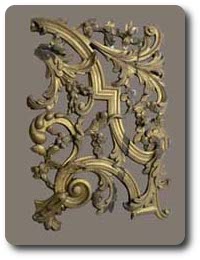
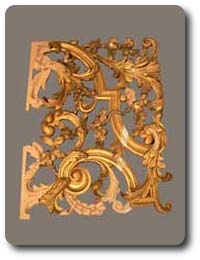
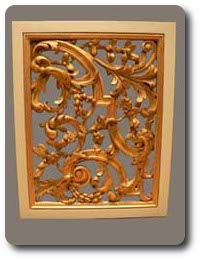
Carved, pierced ornate panel from set of decorative grilles in 19th Century library
Owner: Work undertaken for English Heritage at Wrest Park, Bedfordshire
One of six grilles taken from long term storage to be returned to it’s intended location. Each of these panels had to be cleaned and consolidated before any missing elements could be recreated. Once the grilles were complete I reproduced oak frames to mount them in, based on other surviving examples.
Early 17th century frame for portrait of Lady Coventry by Cornelius Johnson, 1639.
Owner: Sheffield Galleries and Museums Trust.
This unusual, original frame had been resurfaced since manufacture. While cleaning I found evidence of an original black pigment below a sanded background. On discussion with the Gallery I re-introduced the blacking using fully reversible materials. The result represents how I understand the frame would have looked.
Mid-Victorian Giltwood Centre Table.
Owner: private client
All of the delicate gilding was badly worn and the private client wished to restore the table to a shade of its former glory. I used traditional methods to suit the evidence from the remaining surface.
Frame for "Quiet" by William Nicol, 1860.
Owner: York Museums Trust.
Technically restoration, the frame had previously been over-painted and suffered structural losses and weakness. Treatment to the fundamental structure made it necessary to also address the surface, hence removal of discoloured over-paint and a sympathetic re-gild to suit the original scheme, ascertained from evidence found below the paint.

